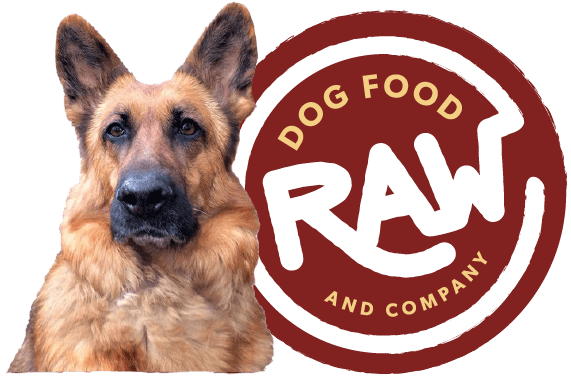
Allergies & Food Sensitivities
A food allergy is an immunologically based reaction to food characterized by itchy skin. There is no quick fix; however the most reliable way to diagnose a food allergy is to feed the allergic pet an elimination diet for a trial period. The pet is fed a protein it has never been exposed to before and receives nothing other than this diet and fresh water for up to 8 weeks. For further details about an elimination diet contact your holistic veterinarian.
Typical allergies are physical (itchy skin, scratching, rubbing against things) to digestion issues (diarrhea, vomiting ) to immune system problems, chronic ear infections, arthritis and hair loss.
If your pet has a skin condition due to preservatives or additives, allergens to specific food ingredients or it’s immune system needs a healthful boost, then a fresh food diet will be helpful. Your pet may be deficient in certain essential fatty acids. Phytoplankton is helpful for this!
The aim is to rebalance the immune system by switching off the dog/ cat’s tendency to “overreact.” They should be able to tolerate pollens, grasses, fleas and dust mites. So why is it that so many of them are diagnosed as being allergic to these common, everyday environmental triggers? A healthy and normal immune system reacts to harmful threats by producing antibodies. These antibodies bind to the threat and are cleared from the body by a specialised system called the reticuloendothelial system. When this system is overloaded, the clearance no longer occurs. The antibodies are bound up with the threatening substance and continue to circulate in the blood stream. These circulating immune complexes start to cause trouble; they are deposited in the skin, the gut, the kidneys and the joints. They then trigger local and generalised inflammation – heat, redness, swelling and itchiness. Rebalancing the immune system by feeding raw, biologically-appropriate food takes a lot of pressure off a very overloaded immune system.
If your dog appears to be allergic to more than 3 proteins your dog more than likely has leaky gut! Heal the gut with a 5-Step Leaky Gut Protocol
Guide to rebalancing the immune system:
#1 Change diet to a pur raw balanced diet
#2- Take out all veg/fruit/carbs
#3- Add a good quality probiotic- Love Bugs, Fido Flora or Protect
#4 – Add digestive enzymes – Healthy Gut
Signs of Allergies:
Inhalant Allergy
Watch for paw licking,face rubbing…..inhaland allergy often develops in young adulthood stage
(ages 1-4)
Food Allergies
Look out for licking, itchiness underneath the tail and around the anal area plus recurring ear infections
Flea Allergy
Typically evidenced by itchiness on top of the lower back.(fleas may not actually be visible)
Mange or Scabies
watch for intense itching of all four legs,itchy ears,itchy face
Contact Hypersensitivity
Marked by very sudden onset of the feet chest and abdomen
Anal Gland Irritation
Dragging rear end along grass or carpet,biting or licking at anus area
Bacterial Infection
Look for sores, pimples, scabs or bumps
Fungal Infection
Sores redness, crusting or oozing, typically in the folds of the skin or moist places (often foul smelling)
Seborrhea
Evidenced by scaly dandruff and possibly small scabs, pimples or bumps (fur and skin can be dry or oily)
Endocrine Disorders
Look for bumps, pimples, thinning skin, darkened skin, scaly skin
Immune-Mediated Skin Disease
Scaly skin, toenails that split or break off at the quick, bumps or soreson the ears, face, feet or body
Emotional Issues
Obsessive licking to the point of causing sores or bleeding.

